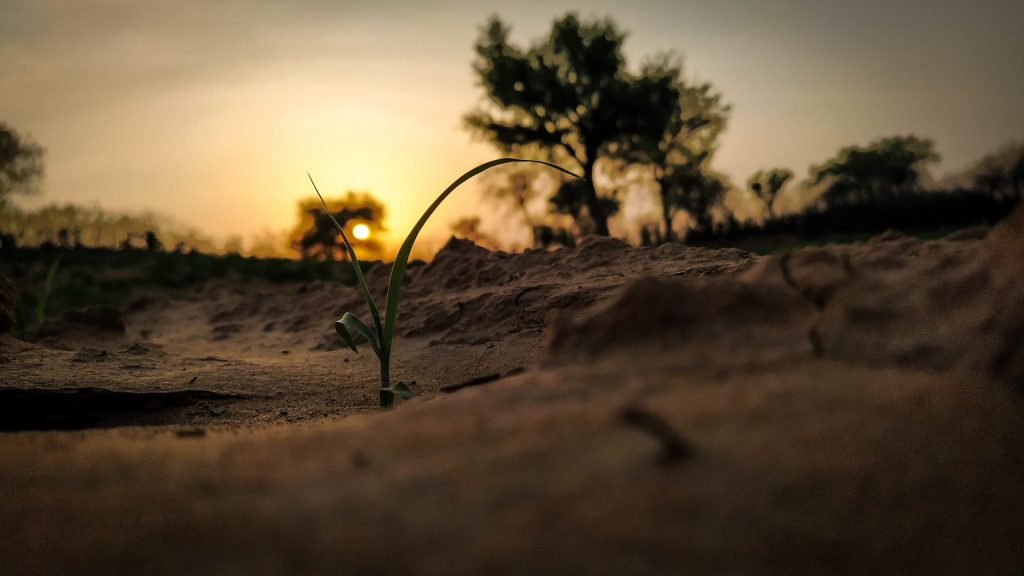An exhibition of living fossils
Plants are a part of our lives, often taken for granted but absolutely essential for the oxygen that we breathe and the climates that we live in. However, how many people genuinely stop to think about where the plants came from? While many show awe and wonder in seeing dinosaurs either in a museum or during a reshowing of Jurassic park, the vast majority of us don’t give much attention to the incredible path that plants have taken in their growth from single-celled algae to multicellular trees and flowering plants that cover the surface of Earth.
A public exhibition that celebrates this plant timeline is the Evolution Garden located in my home university, University College Dublin, Ireland. This garden was the brainchild of Prof. McCabe, a plant scientist and lecturer in the university who saw an opportunity to bring his lecture content to life for both university students. The garden was displayed at an Irish national gardening competition, Bloom, where it won a gold medal and was then moved to its permanent home in the shadow of the science building on the Dublin university campus.
The garden provides a visual and interactive space to explore five stages of plant evolution from algal growth and water-based plant cells to flowering plant species. The garden is broken into five sections which each span 100 million years. At the start of the path, visitors are greeted with a small pond in the foreground with a backdrop of bare rocks, depicting the period prior to land plant evolution. Take a few steps to the right and you have faced with a similar scene: the small pond and rocky area, however, these rocks have some mossy growth and represent the first land plants and their pioneering journey from water to terrestrial areas. These are the first moss-like land plants that survived outside of water due to their water-retaining cuticle outer layer. The next 100 million years saw the critical development of vascular tissues to transport water and nutrients. With these transport channels came plants that rose above ground level to occupy landscapes globally. This garden section is significantly busier with ferns and other bryophytes exploding up in the spring months. The penultimate garden area is occupied by a variety of plants capable of forming seeds and therefore representing the next stage in evolution. A colorful display of angiosperms meets those which follow the path to the final area. Flowers emerge year-round to provide a backdrop to the story of plant-pollinator interactions and how critical flowering has been to plants that are associated with the human diet and survival.
Beyond the expected benefits to undergraduate students and their classes on the evolution of plant species, this garden has had unanticipated popularity among visitors to the campus. Primary school children who come to investigate what exactly going to university entails, play in the garden, explore its hidden areas and varied plant life, asking why there aren’t plants in the first area and why the flowers are kept in the final section. They miss the hidden plant species in the water at first glance, but conversations are started. These are the conversations that trigger reflection, thoughts about plants and their epic lives. These children are intrigued by their development stories. If a fraction of those groups can remember their visit to the Evolution Garden for the future, perhaps we can spark a future of plant enthusiasts to continue to mention that plants came well before the dinosaurs!




Responses